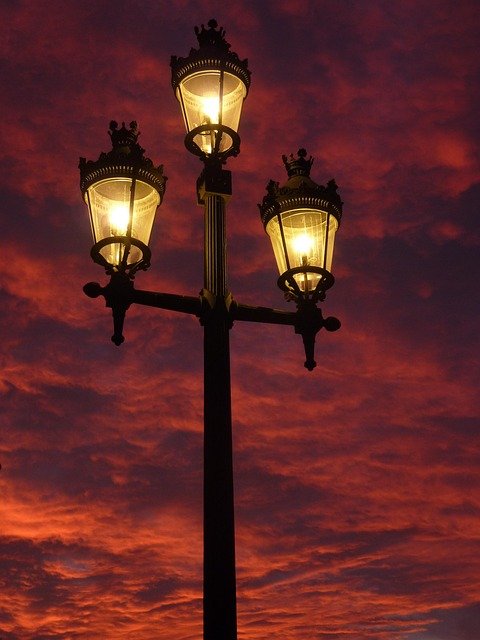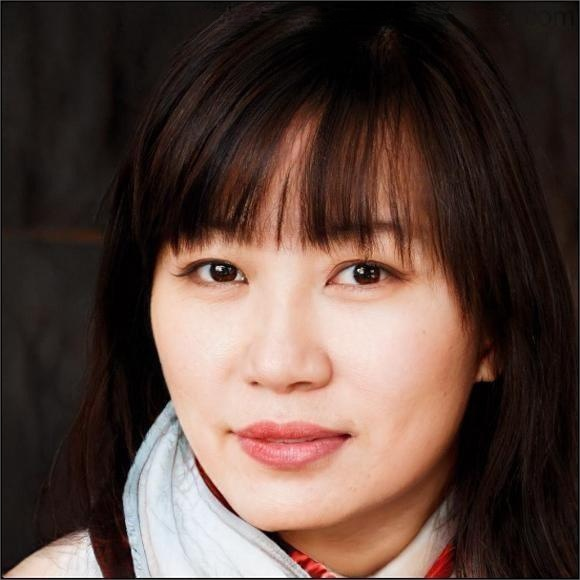Who Are Lighting OEMs and What Do They Need?
Lighting OEM/ODM manufacturers form the foundation of the global outdoor lighting market. From large-scale LED streetlights and solar-powered poles to compact garden lamps and commercial floodlights, these companies provide complete fixture solutions for distributors, contractors, and city projects worldwide.
Their goal is to supply durable, energy-efficient, and regulation-compliant lighting products that seamlessly integrate with photocell controllers, but here’s the challenge: when it comes to photocell controllers, manufacturers often struggle with compatibility, reliability, compliance, and delivery agility, a high-quality photocell for OEM lights is no longer optional, it’s essential for meeting customer expectations, whether it’s a solar streetlamp, a wall-mounted LED fixture, or a large-scale city project, OEMs rely on photocells that integrate seamlessly without redesigning entire luminaires.
If a photocell for LED fixtures doesn’t meet all performance or market requirements, the entire project is at risk, from failed audits to costly warranty claims. Let’s explore the five most common pain points lighting OEMs face and see how Lead-Top delivers smart solutions.
Compatibility Chaos: One Lamp, Too Many Standards
The Problem
Lighting OEMs supply fixtures to diverse regions, but every market has its preferred photocell format. Some demand NEMA twist-lock models, others follow Zhaga Book 18, and smaller fixtures require compact wire-in designs. One luminaire model often needs multiple versions to satisfy different tenders.
Common Frustrations
- A streetlight designed for NEMA-based photocells requires 5PIN or 7PIN models, but suppliers only provide 3PIN units.
- Compact wall-mounted LED fixtures lack the internal space to accommodate standard-sized photocells.
Lead-Top’s Solution
- LT310C mini series: ultra-compact design for small enclosures.
- Rotatable housing, side-wire exits, and dual-structure models for OEM-friendly adaptation.
- Customizable socket integration (NEMA, Zhaga, screw-mount) to suit fixture architecture.
In short, Lead-Top photocontrol customization ensures that whatever the fixture structure, there’s a matching solution without forcing OEMs to redesign products.
Reliability Risk: Poor Performance Damages Reputation
The Problem
Few things are more damaging to a lighting brand than end-users complaining their outdoor lights stay ON during the day or fail to switch ON at night. Warranty claims not only cost money but can tarnish a brand’s image. Lighting manufacturers often face customer complaints when fixtures fail to turn on or off correctly. This is where a dusk to dawn sensor for lighting manufacturers proves its value. By automatically adjusting to natural light levels, these sensors reduce the risk of energy waste and prevent unnecessary customer dissatisfaction.
Root Cause
Cheap controllers often use inferior materials, unstable delay circuits, or poor sealing. This leads to false triggering, moisture intrusion, or premature failure.
Lead-Top’s Solution
- Every photocell undergoes 10,000+ switch cycle tests.
- Full 100% aging inspection before shipment.
- Certified IP66/IP67 waterproof housings with UV stabilization.
- Accurate LUX thresholds and factory-calibrated delay times.
- Optional shipment with detailed LUX verification reports for OEM records.

By ensuring stable, predictable performance, Lead-Top eliminates smart lighting controller issues that could otherwise damage a brand’s trust in the market.
Compliance Confusion: One Fixture, Many Market
The Problem
Lighting OEMs often supply globally. That means one project might require UL certification for North America, CE for Europe, and REACH or RoHS documentation for environmentally sensitive regions. But many photocells don’t cover all these requirements.
Typical Issues
- Fixtures fail UL audits because the photocell doesn’t meet North American standards.
- A lamp ready for Europe gets stuck at customs because RoHS documents are missing.
- OEMs need to produce multiple versions of the same product just to satisfy compliance rules.
Lead-Top’s Solution
- Complete certification portfolio: UL773, CE, CB, RoHS, REACH
- Ready-to-submit third-party lab reports (CTI, SGS, CNAS)
- Unified compliance standards reduce SKU complexity, one photocell can serve multiple regions
For OEMs, this means simplified global supply chains and fewer headaches when scaling into new markets.
Supply Chain Strain: MOQ Too High, Samples Too Slow
The Problem
OEMs thrive on agility, fast prototyping, fast project adjustments, and low-risk pilot runs. Yet many photocell suppliers demand high MOQs, minimum order quantities and offer slow sample deliveries.
Typical Bottlenecks
- High MOQs (1,000 pcs+) block new product launches
- Sample lead times stretch 7–10 days, delaying tender submissions
Lead-Top’s Solution
- Zero-MOQ policy for standard photocell models
- Sample delivery within 3 working days, supporting rapid prototyping
- Ready stock of core models like LT310C, LT124L, LT1SC for immediate shipment
This allows lighting OEMs to be competitive in fast-moving tenders and pilot programs without tying up capital in excess inventory.
Brand-Centric Demands: OEMs Need Customization
The Problem
Generic photocells may work technically but don’t always align with a brand’s design identity. Lighting OEMs increasingly expect custom branding, housing color options, and tailored sensitivity presets.
Typical Custom Requests
- White housing to match solar streetlight aesthetics.
- Sensitivity presets locked at 10Lux or 30Lux for municipal requirements.
- Branded logos, barcodes, or QR-coded packaging for OEM traceability.
Lead-Top’s Solution
- Complete OEM/ODM customization services: housing, logos, LUX thresholds, voltage labels, packaging.
- Engineering support for structural integration with fixtures.
- Silk-screen printing, barcode coding, and multilingual labeling for international clients.
By offering these flexible services, Lead-Top photocontrol customization empowers lighting manufacturers to stand out with branded, high-quality products tailored to project needs.
Final Thoughts: How to Win the Trust of Lighting OEMs
For photocell suppliers to become true partners to lighting manufacturers, they must solve pain points across compatibility, reliability, compliance, supply chain flexibility, and branding.
Here’s a summary of what OEMs expect and what Lead-Top delivers:
| Value Area | What Lighting OEMs Expect |
| Format Flexibility | NEMA, Zhaga, wire-in, compact sizes, all in one lineup |
| Reliable Quality | Stable circuitry, high-grade sensors, and strict QA standards |
| Full Compliance | UL, CE, RoHS, REACH, CB, ready documentation |
| Agile Delivery | Zero MOQ, fast samples, and stock availability |
| Custom Branding | Tailored housings, logos, packaging, and LUX presets |

Ready to Serve Lighting OEMs with Precision?
Lead-Top is already trusted by OEM partners in over 30 countries, from compact solar fixtures to smart city street poles. By addressing the five pain points above, they’ve become a preferred partner for manufacturers who want smarter, safer, and faster solutions.
Contact: info@leaditop.com
Website: www.leaditop.com
References







